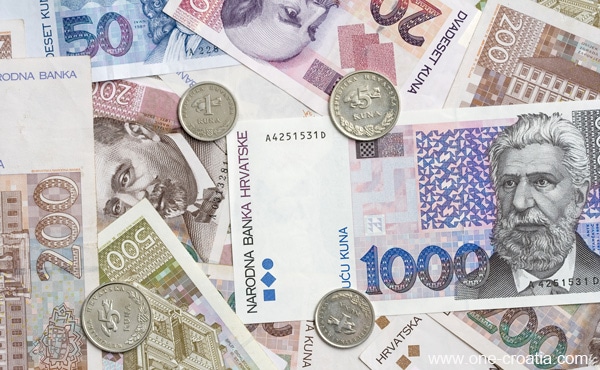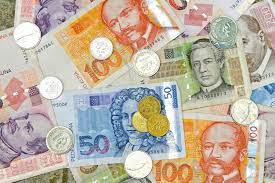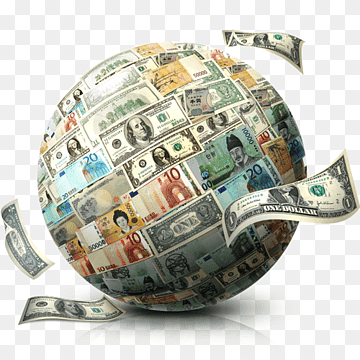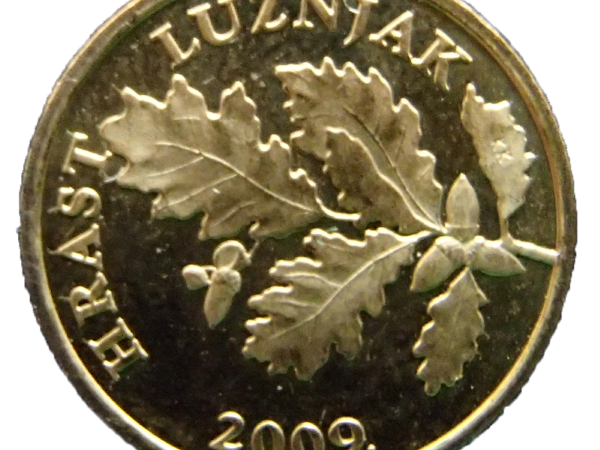Need specific information? These labels will provide a shortcut to all the paragraphs that are present in the text: About the Kuna – the Croatian currency; Can you use Euro in Croatia; Money in Croatia: cash or credit card; Currency exchange for Croatian kunas: the best exchange rates, currency exchange offices, ATMs and banks; Croatian kuna: dormouse mouse, the best haircut and other interesting facts.
It is often shortened to KN or HRK (Hrvatska kuna).
Kuna literally means “marten”. Going back to the old days, when animal skins were the currency of the region, and marten skins were considered valuable.
One kuna is 100 lipas (which means linden tree).
One theory for the lime name is that these trees were traditionally planted around marketplaces.
Linden coins are issued in denominations of 1, 2, 5, 10, 20, 50, although smaller ones are almost never found these days, and indeed, stores often round bills to avoid red tape with small coins.
It is OFFICIALLY forbidden to make any transactions in any other currency than the national Croatian currency – kuna, but in practice there are ways to get around this.
The sale of real estate, for example, is more often carried out in euros, and the prices in the sales contract are written in euros, but with the proviso that in the future the price in euros can be converted into kuna at the rate of the Croatian National Bank on the day of sale.
Tourism plays an important role in the Croatian economy (20% of GDP), which means, accordingly, a certain flexibility on the part of the tourism business in accepting foreign currency.
For example, the euro to kuna exchange rate usually fluctuates around 7.5 kuna to one euro, while shops can round it up to 7.0.
What is the best currency to take with you to Croatia?
Before traveling to Croatia, please note that not all currencies can be exchanged in Croatian banks, so double check beforehand.
For example, after a trip to Dubai, I was a little surprised to find that I could not exchange my extra dirhams.
Public banks usually have an electronic scoreboard where you can see a complete list of the major currencies that can be exchanged.
Calculate the commission you will have to pay, even with the lowest conversion rate, as well as all the hassle associated with finding currency exchange offices, and decide for yourself which currency to use in Croatia – euro or kuna.
Croatian currency exchange options
There are many ways to convert Croatian currencies online. I usually always use xe.com. Follow this link for today’s course.
Money in Croatia: cash or credit card?
Carrying cash or paying with a credit card is the eternal question: what is the best way to travel around Croatia?
Since even some of the restaurants in these popular places don’t accept credit cards, it’s wise to check before you sit down and order something.
It used to be quite common in Croatia to offer the best price for goods and services if the buyer paid in cash, but these days it doesn’t really matter anymore.
Can you exchange kuna outside of Croatia?
In general, if you manage to exchange cash for the Croatian kuna outside of Croatia, the exchange rate will always be unfavorable.
Currency exchange offices in places like London will accept cash at a very low rate. But I was very surprised by how difficult it is to exchange kuna in neighboring countries.
In Montenegro, for example, there are several banks that accept kunas, but it is extremely rare to find such places.
However, in Budapest I was more fortunate.
One of the countries that also accept the Croatian currency is the Croatian part of Bosnia and Herzegovina.
Until recently, in Bosnia and Herzegovina it was customary to pay for services in the kuna, although this has recently changed. But exchanging kunas for Bosnian marks will not be a problem.
Advice for the future – before leaving, exchange your kuna for the currency you need in Croatia.
How to find the Croatian National Bank exchange rate?
All official currency exchanges are carried out in accordance with the daily rate of the National Bank of Croatia, which publishes the buying, selling and average rates for all major currencies. Follow this link to view the latest official data on the exchange rate of the National Bank of Croatia.
Croatian currency exchange: the best rates, exchange offices, ATMs and banks
In general, banks will give you a better rate than exchange offices. Both, respectively, may charge (or not charge) a commission (or invest their profits in a lower rate).
ATMs can also serve as an option for dispensing cash. There are also a couple of euro ATMs in Zagreb, but only for customers of this bank with a euro account.
ATMs have different exchange rates and/or fees, so be careful if you plan to withdraw money – some of them will give you much worse conditions than any other ATM of a “real” Croatian bank. In addition, you can also receive your funds from accounts such as Revolut, Curve or Monese. Just make sure you opt out of “DCC” (Dynamic Currency Exchange) when prompted to get the best exchange rate.
However, please note that most ATMs have a withdrawal limit of 1600 to 2000 HRK.
If you need to withdraw more, then you will need to request assistance directly from the bank itself.
IMPORTANT!
If you want to exchange kuna and buy foreign currency in Croatia, plan to do so in advance, as banks do not always have reserves, even in the most common currencies.
A couple of years ago I was shocked that I couldn’t buy £3,000 from a big bank in the middle of Diocletian’s Palace in Split. They only had £10 in the bank. As a result, they told me to return in a day, which was too late. And that was before Brexit!
Luckily, I was able to get some cash at private exchange offices, though after a few phone calls. Usually within 24 hours, banks can respond to larger transactions in foreign currency, but it is worth checking and planning the process in advance.





